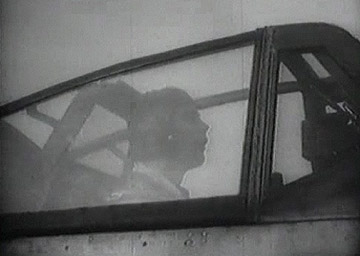Messerschmitt Bf 109

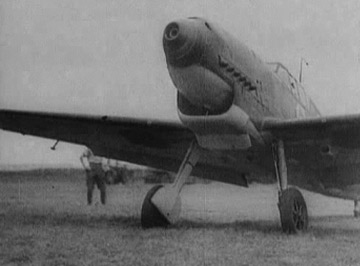
"Germany's new Messerschmitt aeroplanes have been tested in the Spanish civil war. The pilots are pledged before they leave Germany never to let their planes fall into the hands of the enemy. Each pilot has orders to set fire to his plane if it is brought down or has to make a forced landing on enemy soil. Each plane has a special tank of inflammable matter that can be ignited at once for this purpose."
The Manchester Guardian - January 1938
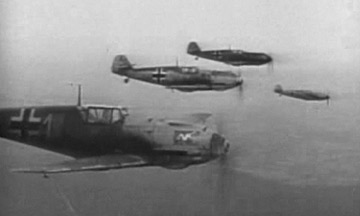
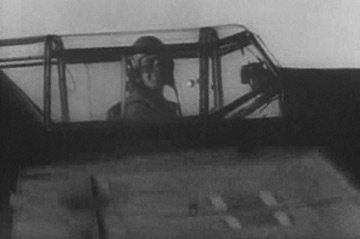
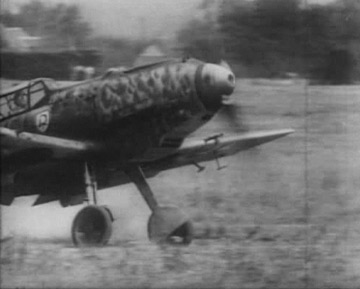
"Performance by 1940 standards was good. When put into a full throttle climb at low air speeds, the airplane climbed at a very steep angle, and our fighters used to have difficulty in keeping their sights on the enemy even when at such a height that their rates of climb were comparible. This steep climb at low air speed was one of the standard evasion maneuvres used by the German pilots. Another was to push the stick forward abruptly and bunt into a dive with considerable negative 'g'. The importance of arranging that the engine whould not cut under these circumstances cannot be over-stressed. Speed is picked up quickly in a dive, and if being attacked by an airplane of slightly inferior level performance, this feature can be used with advantage to get out of range. There is no doubt that in the autumn of 1940 the Bf 109E in spite of its faults, was a doughty opponent to set against our own equipment."
Royal Aircraft Establishment (RAE) evaluation - May 1940
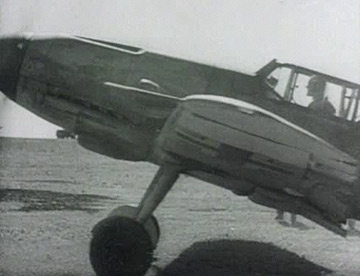
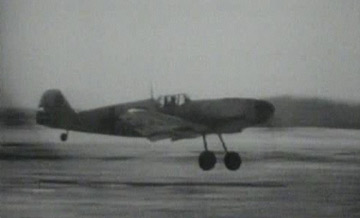
"It was very advanced and equipped with new, more sophisticated technology. Nicknamed Gustav, the 109G was well armed, but not as light as the early E and F versions. Its more powerful engine meant higher power settings whose initial climb rate sent it soaring to 18700 feet in six minutes, but at low speed the plane was difficult to handle."
Major Gunther Rall - April 1943
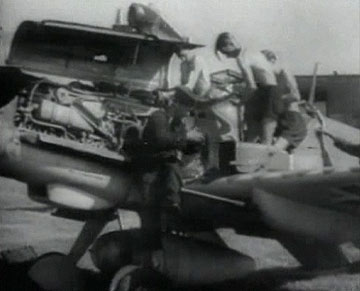
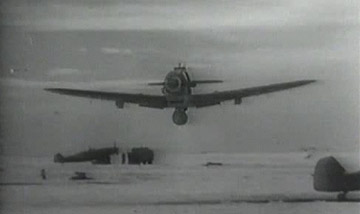
"The 109 was not bad at diving, but the Thunderbolt was much better at diving. In climbing, if you compared it with the Mustang and with the Spitfire, it depended on what height you started to climb. In the altitude between 5000 and 10000 meters , I think the 109 was much better at climbing than all the other types. The version of the 109 that I flew in 1944 and 1945 as a commander of a high-cover fighter group of our FW 190s was a very good one at 8000 to 10000 meters, as it has a special engine for high altitude, but it was very bad at low levels. Of course, it had a special tank for injections in the fuselage and so at a lower altitude your turning radius was not so good as that of a normal 109 and not even as good as that of an FW 190. So we normally didn't attack Mustangs or Thunderbolts at low altitudes because it was bad for our type of aircraft."
Luftwaffe General Walter Krupinski
